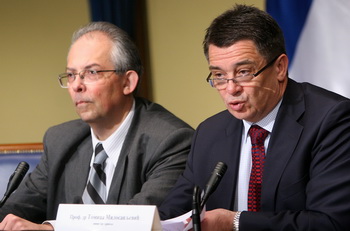- Serbia
Get to know Serbia
- Citizens
Culture and science
Health services
Pension and disability insurance
- Business
Employment
Economy
- Media
- Government
- Contact
Keep in touch
Contact form
Back
Keepin touch
Whether you have a question, comment, suggestion or any problem in the purview of the government, send us your message and we will try to respond as soon as possible. If your problem is not in our purview, we will forward your message to the relevant institution.
Q:
A:
No cases of H1N1 infection in Serbia
Belgrade,
8 May 2009
Minister of Health Tomica Milosavljevic today stressed that not a single case of infection of the new group A virus has been registered in Serbia, reiterating that Serbia took all measures in preparing for a possible outbreak.
Milosavljevic told a press conference that analyses at Torlak laboratory showed that the deceased woman from Pristina was not infected with this virus, which was also confirmed by the office of the World Health Organisation (WHO).
The Minister said that Serbia took all the necessary measures and formed organisations to prepare for an outbreak of the flu in these parts, noting that the WHO is trying to produce a new vaccine, which may be available in five to six months.
The production of the vaccine at the Torlak Institute may begin in September, while regular production for Serbian citizens could start early in 2010.
He said the preventative measures to be taken include covering the nose and mouth while coughing, sneezing into a paper tissue, frequent hand washing and the airing of rooms.
President of the Ministry of Health’s working group for implementing the activity plan before and during the flu outbreak, Predrag Kon, stressed that Serbia and the entire world are at risk because every country is a potential new hot-spot.
Milosavljevic and Kon said that a special challenge for Serbia will be the organisation of Universiade on July 1–12, at which over 20,000 participants from all over the world will attend.
They announced that Serbia has asked the WHO for suggestions and help in order to take proper protection measures.
According to WHO data, by May 7 the virus H1N1 has been registered in 24 countries and 2,371 cases have been recorded.
The greatest incidence is in Mexico where 1,112 cases and 42 deaths were registered.
The Minister said that Serbia took all the necessary measures and formed organisations to prepare for an outbreak of the flu in these parts, noting that the WHO is trying to produce a new vaccine, which may be available in five to six months.
The production of the vaccine at the Torlak Institute may begin in September, while regular production for Serbian citizens could start early in 2010.
He said the preventative measures to be taken include covering the nose and mouth while coughing, sneezing into a paper tissue, frequent hand washing and the airing of rooms.
President of the Ministry of Health’s working group for implementing the activity plan before and during the flu outbreak, Predrag Kon, stressed that Serbia and the entire world are at risk because every country is a potential new hot-spot.
Milosavljevic and Kon said that a special challenge for Serbia will be the organisation of Universiade on July 1–12, at which over 20,000 participants from all over the world will attend.
They announced that Serbia has asked the WHO for suggestions and help in order to take proper protection measures.
According to WHO data, by May 7 the virus H1N1 has been registered in 24 countries and 2,371 cases have been recorded.
The greatest incidence is in Mexico where 1,112 cases and 42 deaths were registered.
-
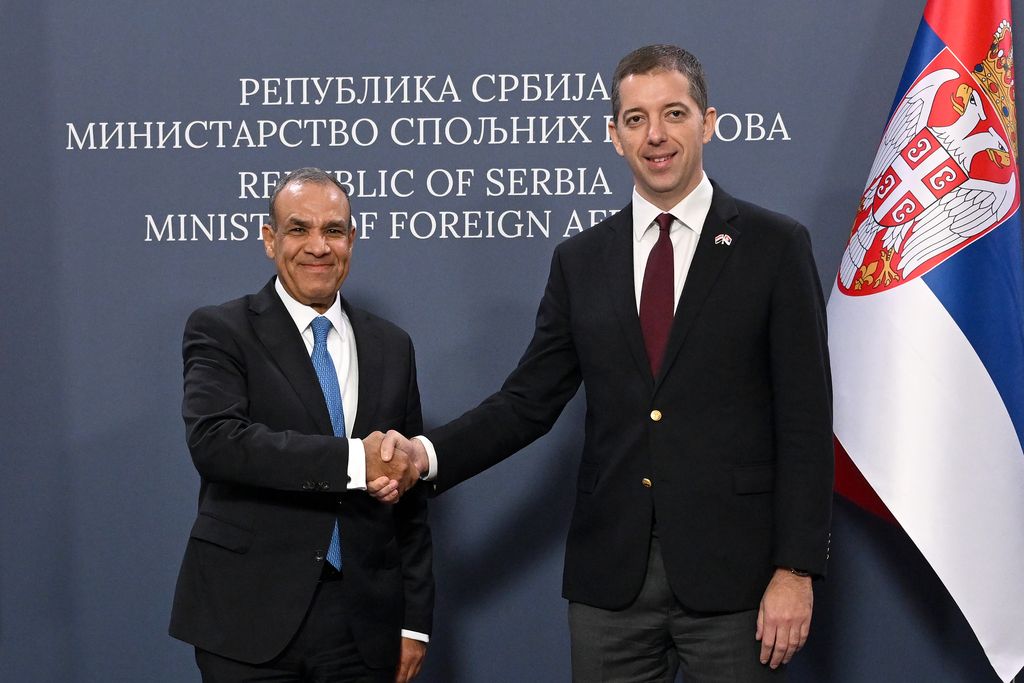 Belgrade, 22 January 2025
Belgrade, 22 January 2025Egypt one of Serbia’s closest partners on international stage
-
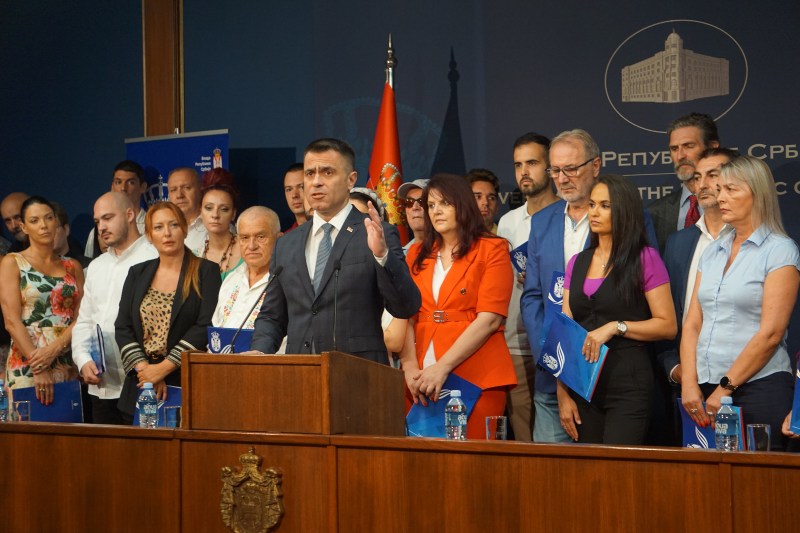 Belgrade, 9 July 2024
Belgrade, 9 July 2024Support for 104 associations in diaspora that preserve Serbian language, culture
-
 Belgrade, 15 April 2024
Belgrade, 15 April 2024Competition for StarTech grants open until 31 May
-
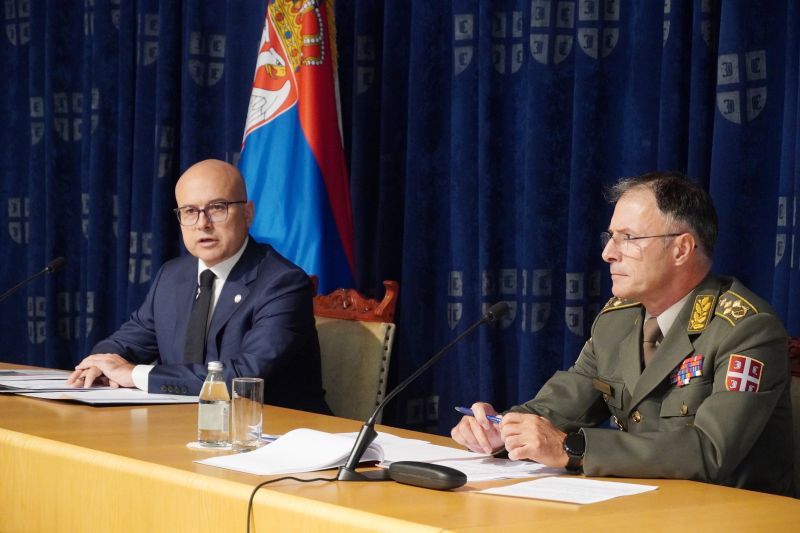 Belgrade, 2 October 2023
Belgrade, 2 October 2023Serbia respects Resolution 1244 and will do everything to preserve peace
-
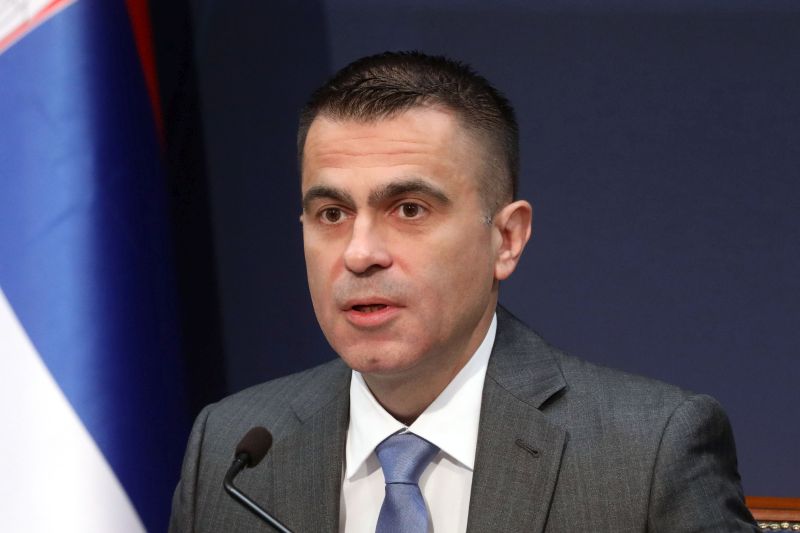 Belgrade, 13 September 2023
Belgrade, 13 September 2023Day of Serbian Unity to be celebrated outside borders of Serbia, Republika Srpska for the first time
-
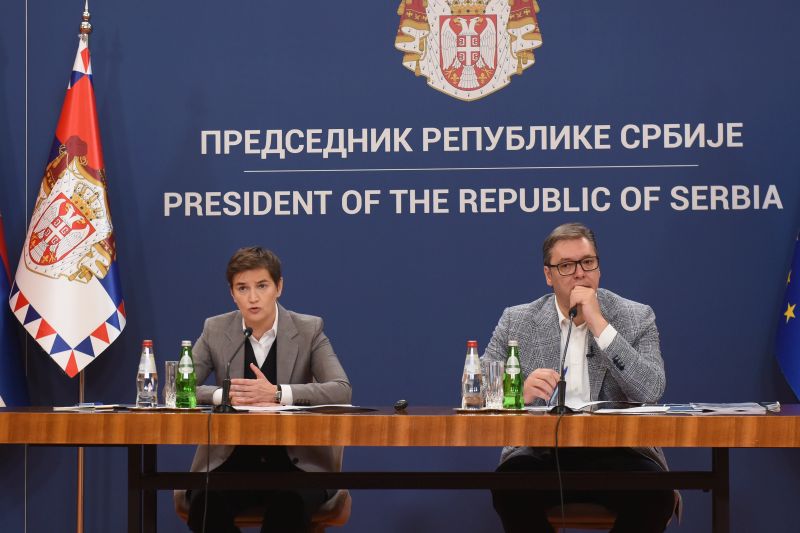 Belgrade, 8 August 2023
Belgrade, 8 August 2023RSD 24.2m in state aid paid out to citizens affected by storm
-
 Belgrade, 17 June 2023
Belgrade, 17 June 2023Belgrade is doing everything to preserve peace in Kosovo and Metohija
-
 Belgrade, 15 June 2023
Belgrade, 15 June 2023Slovenia will continue to support Serbia on its way to EU
-
 Belgrade, 5 May 2023
Belgrade, 5 May 2023Emergency measures, tightening of conditions for possessing weapons
-
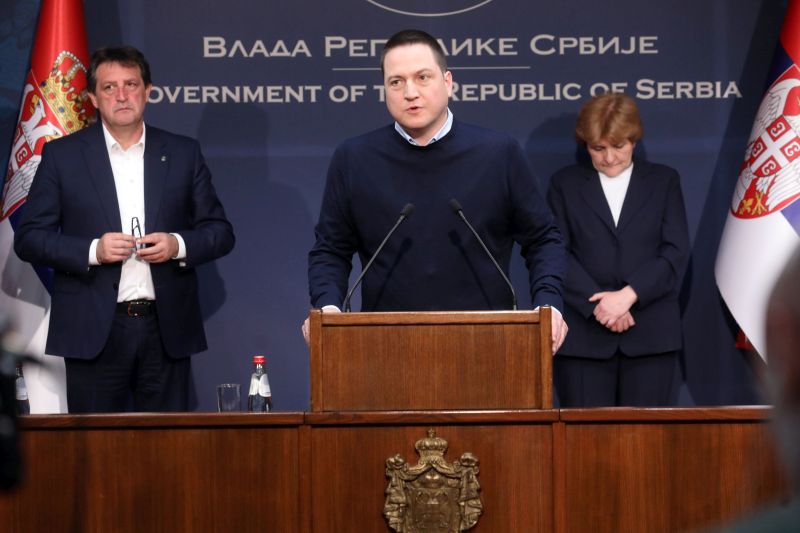 Belgrade, 3 May 2023
Belgrade, 3 May 2023Three days of mourning in Serbia over tragedy at Vladislav Ribnikar primary school

